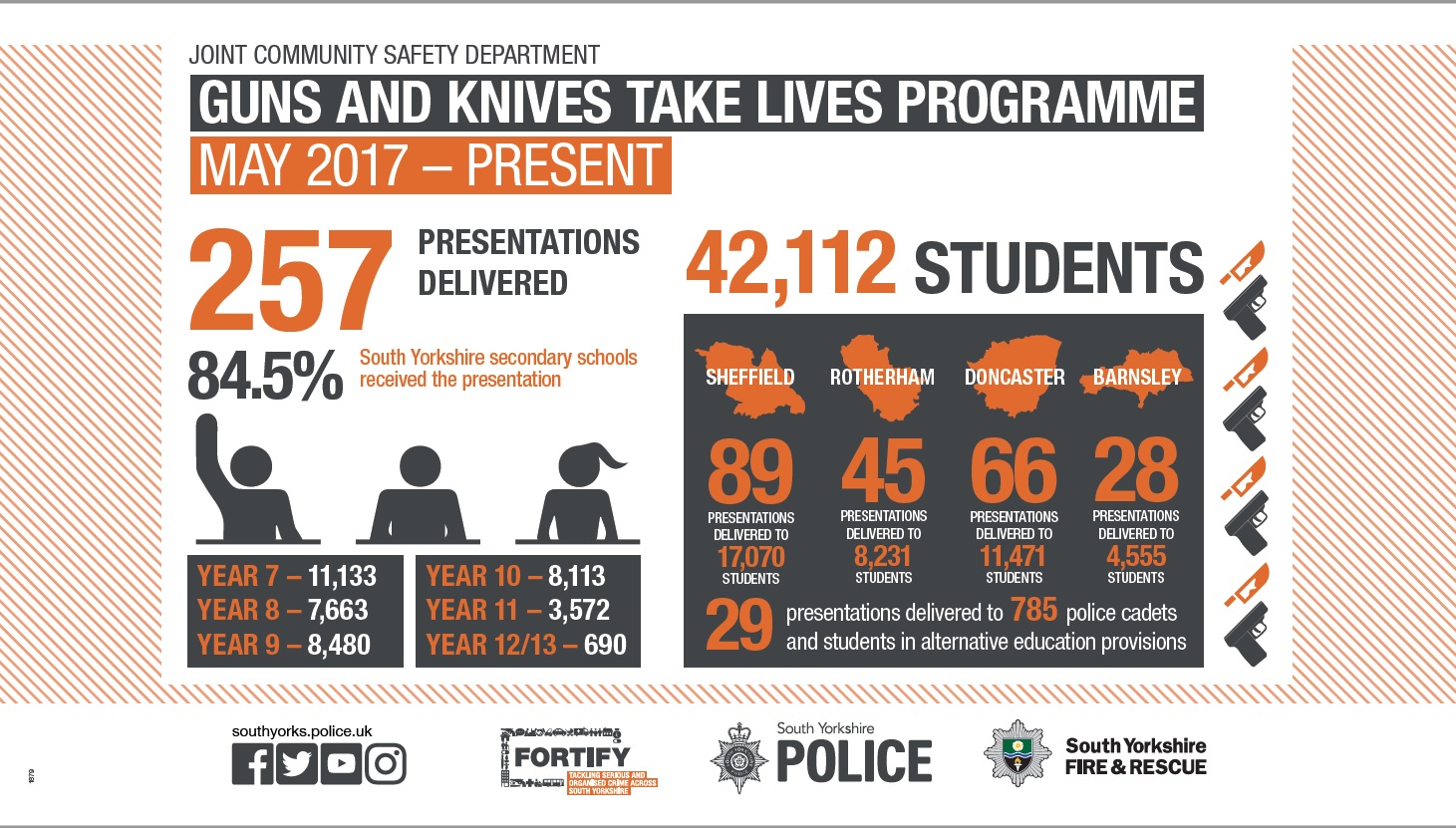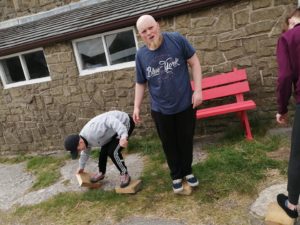People living in two Sheffield tower blocks will now be safer from fire than ever thanks to sprinklers that have been part funded by South Yorkshire’s Fire & Rescue Authority.
The life-saving devices have been installed at Queen Anne Court and Queen Elizabeth Court, located on Raeburn Place.
Each block homes 48 self-contained flats – 96 in total – that are occupied by people over 55-years-old with a range of disability and mobility issues.
The majority of the installation cost has been covered by the housing provider, Places For People, but councillors have offered a contribution from the service’s Safer Stronger Communities Reserve.
“We’re here to make South Yorkshire a safer and stronger place for everyone – particularly those who are more vulnerable than others,” said Area Manager Steve Helps, head of the joint police and fire community safety department.
“The average age of people within these flats is 71-years-old and, having already worked with Places For People to advise on the sprinkler installation, we’re really pleased that members of the authority have agreed to provide part-funding for the project.
“These devices have a long life span and we hope they will continue to protect residents of these two tower blocks for many years to come.”
South Yorkshire Fire & Rescue has been championing the installation of sprinklers for many years and is one of the leading fire services in the country for its pioneering use of sprinklers in high-risk accommodation – having led a UK first project to retrofit a system at Callow Mount in Gleadless.
“Research has shown that these devices protect property, reduce death and injury from fire, reduce costs of fire and disruption to businesses and lower insurance costs,” said Roger Brason, the service’s sprinkler advocate.
“We were only too happy to help Places For People get sprinklers installed at these two flats – especially given that the occupants have varying levels of vulnerability. It’s great to know that these people will have the highest level of fire protection available moving forward.”



